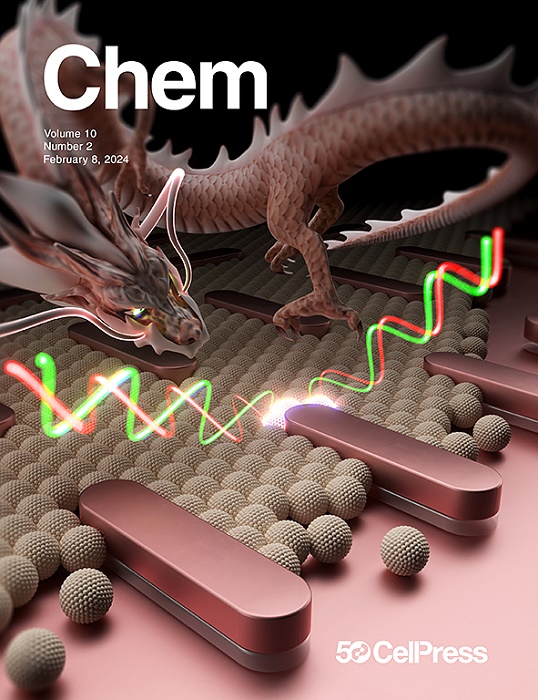预测机械化学键断裂的简单物理有机模型
IF 19.1
1区 化学
Q1 CHEMISTRY, MULTIDISCIPLINARY
引用次数: 0
摘要
机械化学力可以拉开特定的化学键,这种作用对于高效和选择性的化学转化至关重要。通过预测拉力作用下的化学反应性,可以利用超声波辐照解开选择性键裂反应。在本期《化学》杂志中,克雷格、库利克、摩尔及其同事开发了一种直观的物理有机模型,用于理解和预测碳-碳键在拉力作用下的化学反应性。本文章由计算机程序翻译,如有差异,请以英文原文为准。
Simple physical organic model to predict mechanochemical bond-breaking
Mechanochemical force can pull apart specific bonds, an action that is crucial for efficient and selective chemical transformations. Predicting chemical reactivity under tension force unlocks the selective bond cleavage reaction using ultrasonic irradiation. In this issue of Chem, Craig, Kulik, Moore, and colleagues developed an intuitive physical organic model to understand and predict the chemical reactivity of carbon-carbon bonds under tension.
求助全文
通过发布文献求助,成功后即可免费获取论文全文。
去求助
来源期刊

Chem
Environmental Science-Environmental Chemistry
CiteScore
32.40
自引率
1.30%
发文量
281
期刊介绍:
Chem, affiliated with Cell as its sister journal, serves as a platform for groundbreaking research and illustrates how fundamental inquiries in chemistry and its related fields can contribute to addressing future global challenges. It was established in 2016, and is currently edited by Robert Eagling.
 求助内容:
求助内容: 应助结果提醒方式:
应助结果提醒方式:


